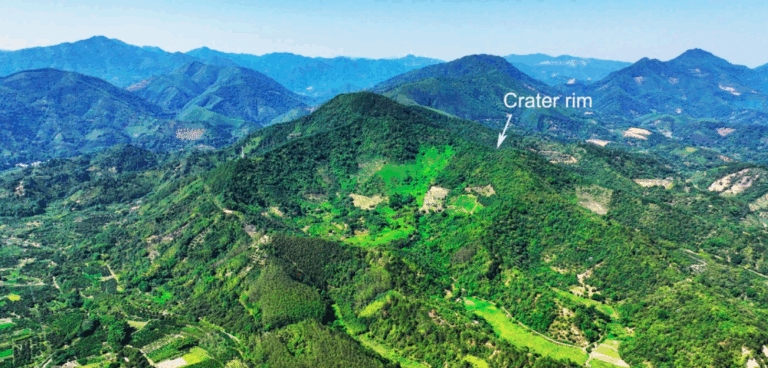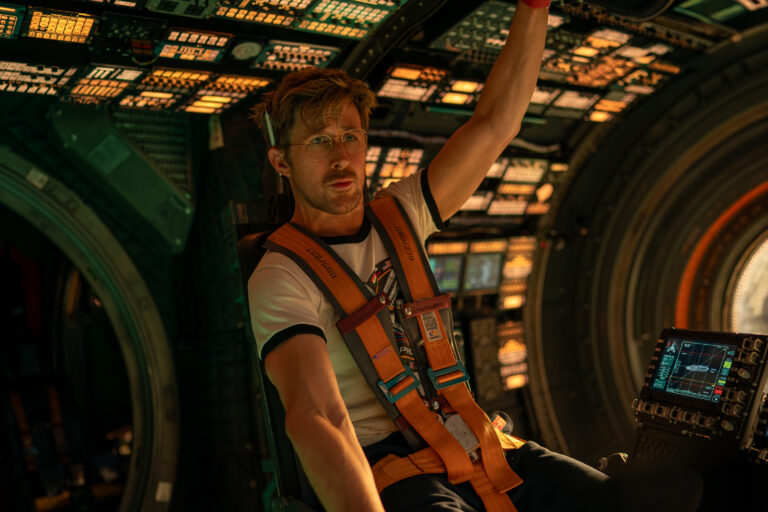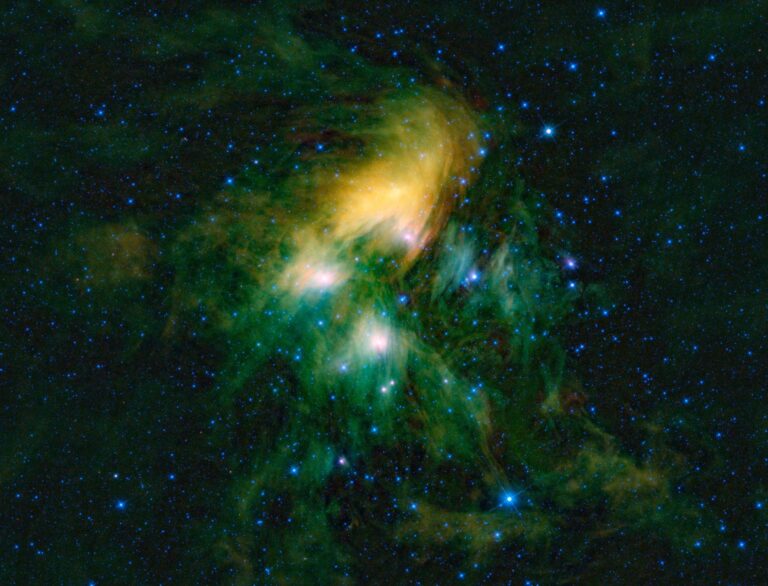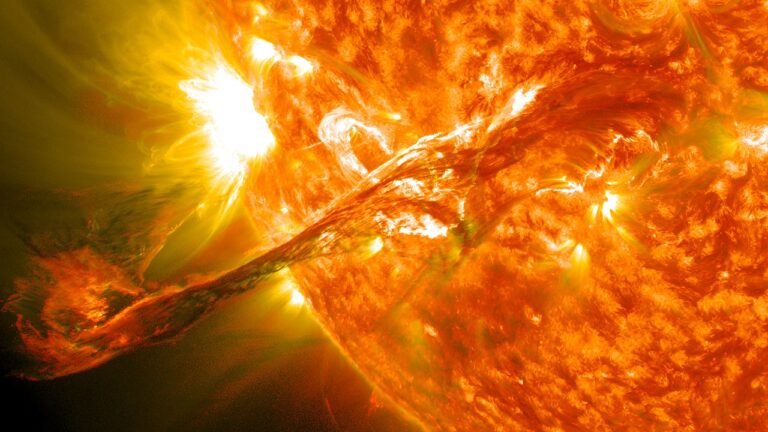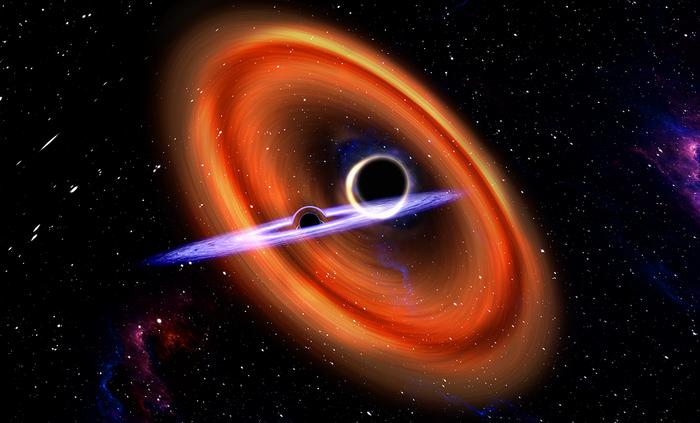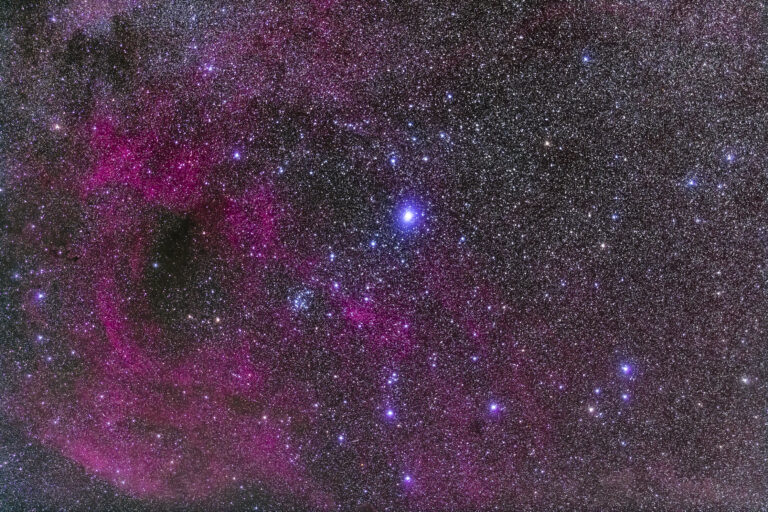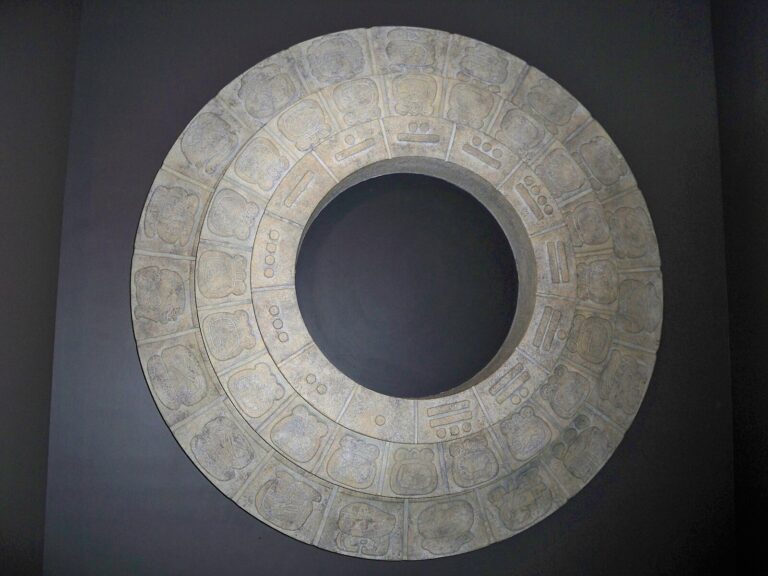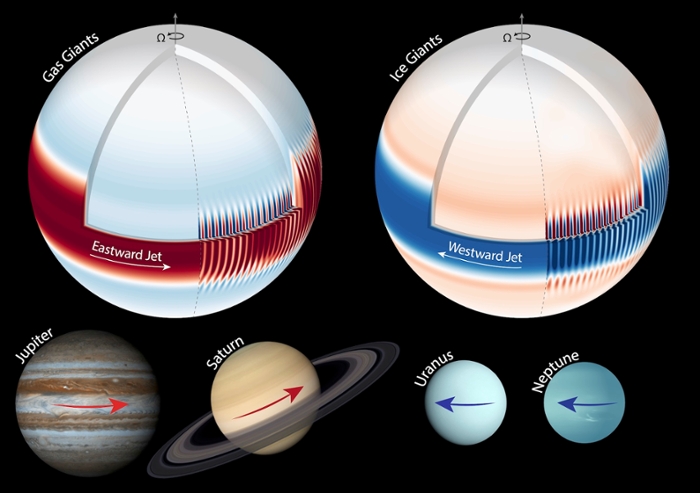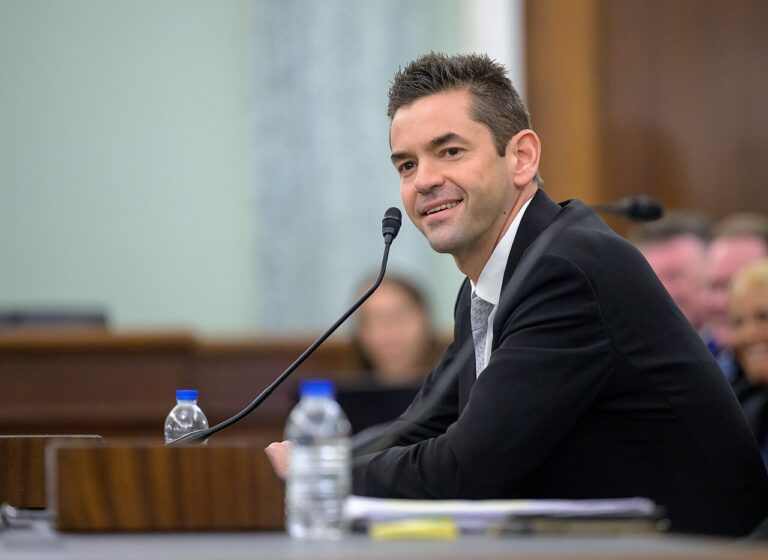Key Takeaways:
Last October, I had the pleasure of traveling to Germany, Austria, and the Czech Republic with a group of 14 Astronomy magazine readers as we walked in the footsteps of Tycho Brahe and Johannes Kepler. As I wrote in the February issue, our small group meant a personal, intimate exploration of some of the most spectacular places in central Europe, and we enjoyed walking in many footsteps of the past.
But there wasn’t enough space in the magazine to share all my amazing photos from the trip. So, check out the photos in the gallery below, along with those in the gallery at www.Astronomy.com/europe2011 and in my Dave’s universe blog.


